Episode 3: Technical features of the container
The container is often considered as a transport box with which you can do anything. Loads are stowed in the container for which it is not built at all. Therefore, it seems necessary to describe the characteristics of the container in addition to the technical standards and regulations.
Dimensions of a container
Since the container in its present form was invented in America, the dimensions are based on the American foot measurement. One foot (ft), divided into 12 inches, corresponds to 0.3048m. In many areas, this division of dimensions is still used, e.g. in aviation (flight altitude), ammunition (caliber measurements) and precisely in container transport.
The original standard container had a width and height of 8 feet each. Later, the length of 20 feet was added, resulting in the comparative measure TEU (Twenty-foot Equivalent Unit) for the size/capacity data of container ships.
For the European shipper, this resulted in some difficulties because the decimal system (1m=100cm) prevails here. This problem is represented by the Euro pallet, because it does not fit easily into the container.
Container dimensions for type 22G1/42G1 or 25G1/45G1 (see table)
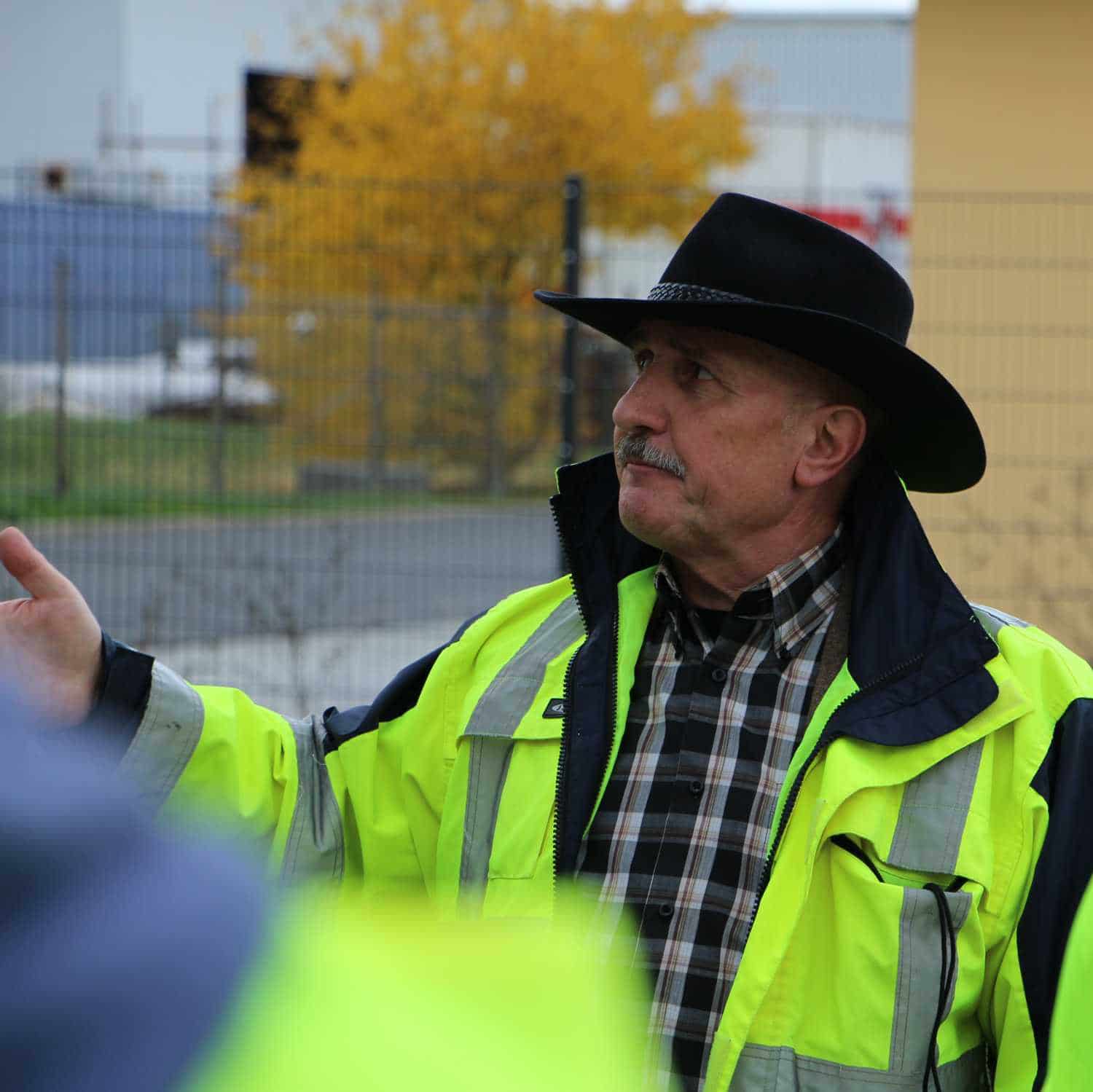
About the author:
In a series of specialist articles from the field, on topics relating to containers and trucks, you will receive first-hand professional knowledge.
How to secure cargo correctly and what are the basics of cargo securing?
They are developed and presented by Sigurd Ehringer, owner of SE-LogCon:
- VDI certified instructor for load securing
- Reference book author
- 8 years Project Manager
- 12 years with the Bundeswehr (company commander)
- 20 years of sales experience
- since 1996 consultant/trainer in logistics
- 44 years instructor/trainer in various fields
Episode 3: Technical features of the container
Inner dimensions
For the shipper, it is important to note that the door width and height differ from the internal dimension, i.e. they are smaller. In the case of refrigerated or insulated containers, the internal dimensions may also be different, depending on the structure of the insulation and the installed refrigeration unit. If stowage is to be made to fit exactly, the container owner must be asked for the specific internal dimensions.
If only Euro pallets are to be accurately stowed, a special container, e.g. type LEG1, is required for this purpose. It is longer than the normal 40ft container and the walls have flatter corrugations that the internal width of >2.40m is achieved.
Container construction
The construction of the container is made in such a way that there is a stable frame consisting of the corner posts and the respective upper and lower cross beams.
All force transmission in the container stack takes place via the vertical corner posts. The connection between the containers on the ship also runs only via the corner posts.
Corner-Casting
A key component, corner casting, is welded to each end of the corner posts. Both at the top and at the bottom. The so-called twistlocks engage in these corner castings. The twistlocks are installed on the means of transport and connect the container to the chassis of the truck or railcar.
The truck driver or railroad employee is responsible for opening or closing the twistlocks.
To connect the containers to each other with the stack on the ship's deck, loose twistlocks are used, which have to be snapped into the lower corner castings by hand.
Automatic twistlocks
This version of the twistlocks lock automatically when the crane operator places the container on the stack.
During unloading, a lasher must pull the yellow bendel outward from above with a long rod that grips it, unlocking the twistlock and allowing the crane operator to lift the container.
Locking
On the loading gear, the spreader, there are latches on all four corners with which the container can be lifted. To do this, the crane operator must hit all four corner castings to lock with one turn.
Damage
It often happens that it does not hit the corner castings and damage occurs to the container roof. Either a hole is created immediately or the dent becomes a hole due to rust.
From the inside, such damage often looksamls as in the picture on the right.
During the incoming inspection, the packer must make sure that the container is tight by making special checks of this area at all four corners.
Lashing-Points
Cargo can be secured in the container not only positively but also non-positively.
Lashing points are required for tight-fit securing. With the exception of refrigerated containers, all containers have lashing points.
These are the eyelets on the bottom and top longitudinal girders. The eyelets on the bottom are designed for a load of 1,000daN at any angle and the upper ones with 500daN.
Reefer Container
An alternative for refrigerated containers are lashing points that can be inserted into the cooling fins and screwed tight.
Lash straps can be pulled through eyelets for friction-locked securing. The vertical edge can also be used to block a load unit.
Form-fit load securing
For the tight-fit securing of cargo, it is important that the strengths of the container body are known and observed. The body strength always refers to a surface load.
The container is often damaged because inaccurately cut dunnage is used and point loads are transferred, especially to the container walls. The picture on the right clearly shows the dents caused by dunnage in the upper third of the wall.
load distribution in the container
In quite a few cases, during inspections at the port by the authorities, the wrong
Should the inspectors see the adjacent congestion situation when opening the container, then a calculation is almost no longer necessary to recognize that the load distribution cannot be correct.
CTU-Code 2015
The CTU Code 2015, which replaces the old CTU packing guideline from 1999, makes this clear and places the responsibility on the packer/stevedore.
The correct load distribution in the container also leads to the correct distribution of the axle loads on the truck. Incorrect stowage quickly leads to the permissible drive axle load being exceeded.
The center of gravity should be transverse and below half the container height. Longitudinal deviations of +/-5% are permissible, in exceptional cases also +/-10%. The rule of thumb 60:40, i.e. 60% of the load in one half of the container, is also permissible. But here, particular attention must be paid to the possible exceeding of the drive axle load if 60% of the load is stowed in the front half.
If an empty container is delivered, it is the shipper's obligation to check its suitability. What has to be taken into account? This will be the subject of the next episode.
Your Sigurd Ehringer.

Together with Sigurd, we have already developed many cool load securing devices and are now producing them in series.
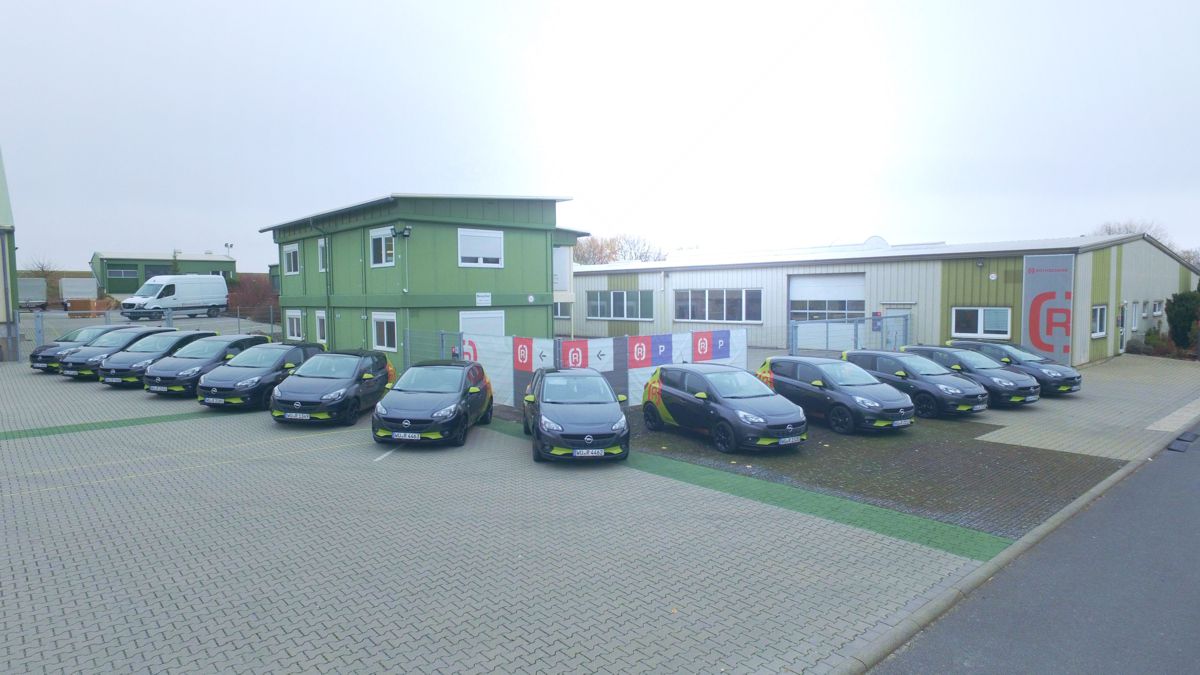
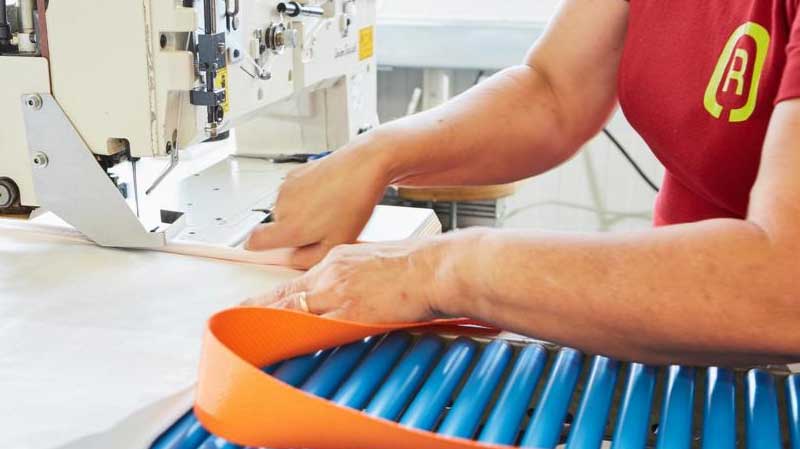
On our own account:
Rothschenk. That's us.
Rothschenk is a manufacturer of load securing equipment for overseas containers. In the tranquil town of Aub in central Franconia, we develop, test and sell our own load securing equipment such as dunnage bags/padding, Lashing restraint systems, Edge Protectors, Anti-slip Mats, Lashing Straps and drum securement. You can get a small insight into our product world in our Online Shop: [R] SHOP24.
We develop for our customers, to whom also large corporations e.g. from the CHEMICALS-, BEVERAGES- and Automotive industry belong, individual load securing. Therefore we are used to come up with new products and solutions in our own research and test department.
We stand for quality "Made in Germany„. Not only in development, but also in production. Because we are the only manufacturer for load securing with our own production site in Germany. Real "Made in Germany" even.
>> Please use the comment function below for suggestions, additions and also for further questions.
We will, of course, respond promptly and professionally. Your Rothschenk Team


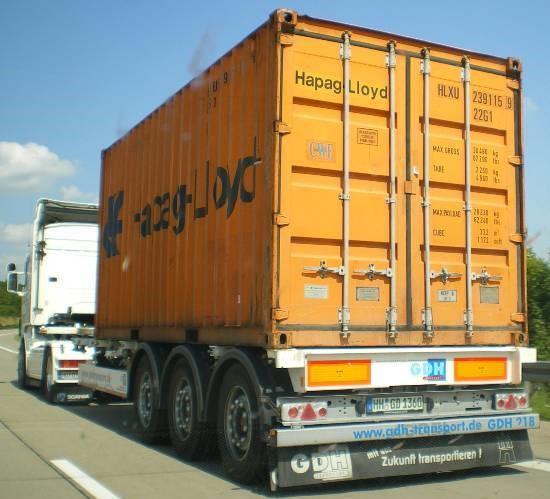

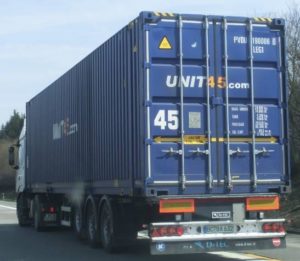




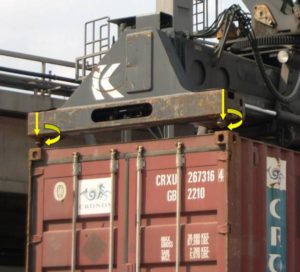

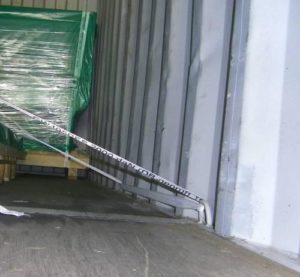

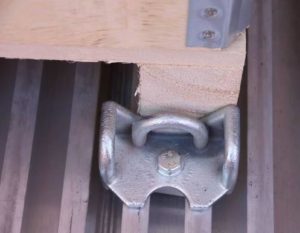

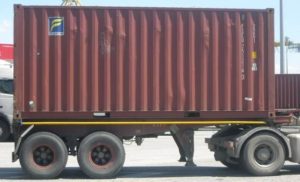

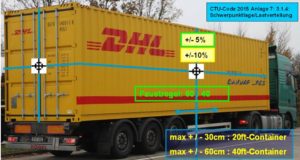
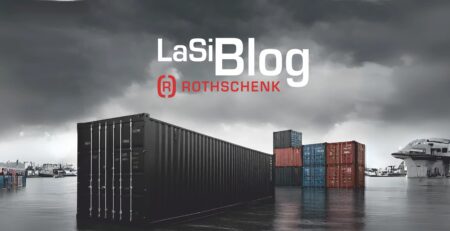
Comments (2)
Hi, I am interested in reefer lashing point, appreciate if you can provide the quote and more details
Hi Terry, thanks so much for your inquiry. We will contact you through our Customer Center team and give you the best possible answer. Your Rothschenk Team.